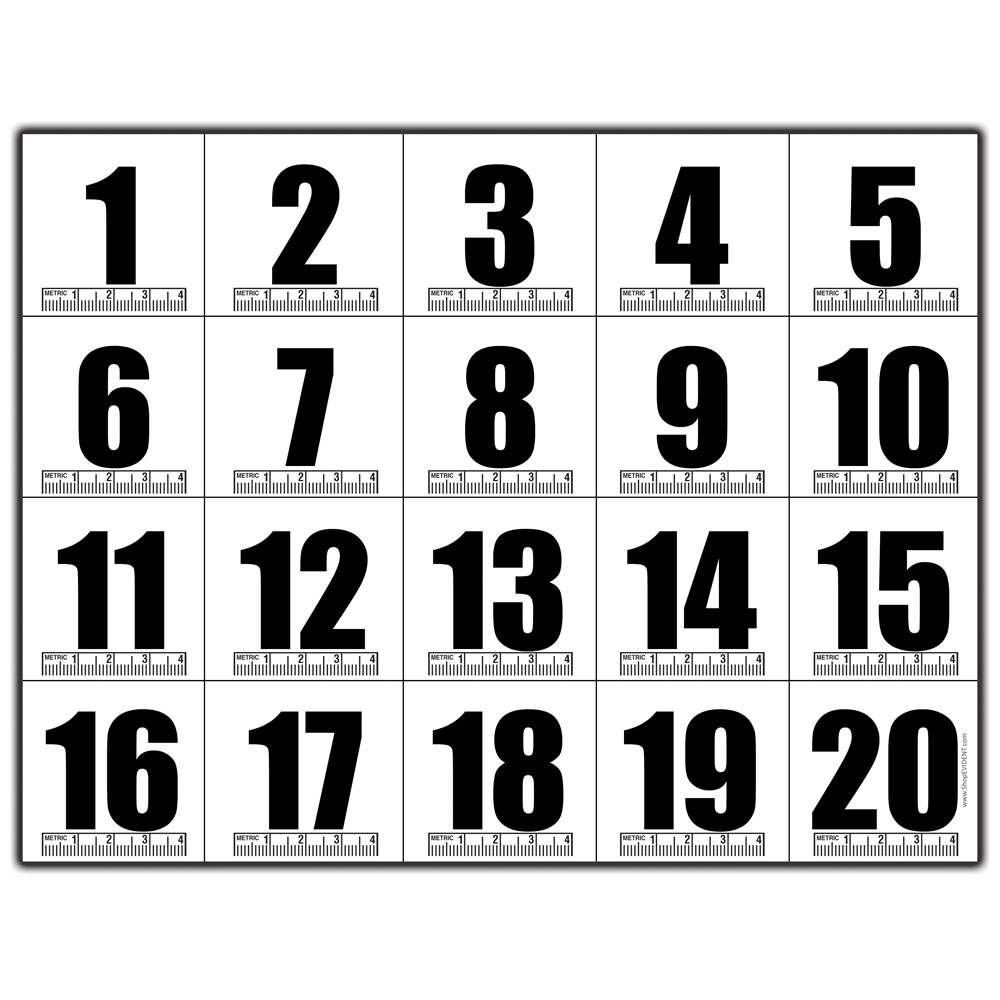So what day is it that we are celebrating. National Day Calendar is the original and authoritative source of National Days. Click play to listen above or view the clickable list below and discover what is on the calendar today. Tips: Use tab to move to the next field. Use shift-tab to move to the previous field. Press enter to calculate.
What Is 20 Of 100
Numbers can be classified according to how they are represented or according to the properties that they have.
Main types[edit]
Natural numbers (): The counting numbers {1, 2, 3, ..} are commonly called natural numbers; however, other definitions include 0, so that the non-negative integers {0, 1, 2, 3, ..} are also called natural numbers. Natural numbers including 0 are also called whole numbers.[1][2]
Integers (): Positive and negative counting numbers, as well as zero: {.., −3, −2, −1, 0, 1, 2, 3, ..}.
Rational numbers (): Numbers that can be expressed as a ratio of an integer to a non-zero integer.[3] All integers are rational, but the converse is not true; there are rational numbers that are not integers.
Real numbers (): Numbers that can represent a distance along a line. They can be positive, negative, or zero. All rational numbers are real, but the converse is not true.
Micro niche finder rapidshare: software, free download. Irrational numbers: Real numbers that are not rational.
Imaginary numbers: Numbers that equal the product of a real number and the square root of −1. The number 0 is both real and imaginary.
Complex numbers (): Includes real numbers, imaginary numbers, and sums and differences of real and imaginary numbers.
Hypercomplex numbers include various number-system extensions: quaternions (), octonions (), sedenions (), trigintaduonions (𝕋), tessarines, coquaternions, and biquaternions.
Now it's a hub of community events and athletic activities. Aneilea Parkes May 28, 2016. Lots of kids activities, water park, picnic areas, walking trail. Neet June 28, 2012. Patch reef park boca raton. patch reef park boca raton photos. patch reef park boca raton location. Patch reef, Biscayne National Park, rugosity, digital camera, Florida Keys Abstract The Along-Track Reef-Imaging System (ATRIS) is a vessel-mounted, digital camera, depth sounder and Global Positioning System (GPS) package that facilitates the rapid capture of. Federal Hwy c2, Delray Beach, FL 33483; Open Mon-Fri 9a-5p & Sat 10a-1p. Patch reef park softball league. Patch Reef Park. Situated in central Boca Raton along Yamato Road between Military Trail and St. Andrews Boulevard, Patch Reef Park offers endless fitness and cultural activities for the entire family. The park consists of 55 acres of recreation facilities including a community center, softball and baseball fields, soccer/football fields, basketball courts, fitness trail, children’s. Hours of Operation Mon – Sun: 7:30am - 11:00pm 2000 West Yamato Road Boca Raton, FL 33431. Phone+ 561-367-7035 Email.
p-adic numbers: Various number systems constructed using limits of rational numbers, according to notions of 'limit' different from the one used to construct the real numbers.
Number representations[edit]
Decimal: The standard Hindu–Arabic numeral system using base ten.
Binary: The base-two numeral system used by computers.
Ternary: The base-three numeral system with only 0, 1, and 2.
Quaternary: The base-four numeral system with 0, 1, 2, and 3
What Is 20% Of 1.2 Million
Narrative writing unitmrs. parkers 6th grade l.a. class. Hexadecimal: Base 16, widely used by computer system designers and programmers, as it provides a more human-friendly representation of binary-coded values.
Octal: Base 8, occasionally used by computer system designers and programmers.
Duodecimal: Base 12, a convenient numeral system, due to twelve's divisibility by many elemental numbers {1, 2, 3, 4, 6}.
Sexagesimal: Base 60, originated with the ancient Sumerians in the 3rd millennium BC, was passed down to the ancient Babylonians.
See positional notation for information on other bases.
Roman numerals: The numeral system of ancient Rome, still occasionally used today.
Tally marks: Usually used for counting things that increase by small amounts and do not change very quickly.
Fractions: A representation of a non-integer as a ratio of two integers. These include improper fractions as well as mixed numbers.
Continued fraction: An expression obtained through an iterative process of representing a number as the sum of its integer part and the reciprocal of another number, then writing this other number as the sum of its integer part and another reciprocal, and so on.
Scientific notation: A method for writing very small and very large numbers using powers of 10. When used in science, such a number also conveys the precision of measurement using significant figures.
Knuth's up-arrow notation and Conway chained arrow notation: Notations that allow the concise representation of some extremely large integers such as Graham's number.
Signed numbers[edit]

Positive numbers: Real numbers that are greater than zero.
Negative numbers: Real numbers that are less than zero.Because zero itself has no sign, neither the positive numbers nor the negative numbers include zero. When zero is a possibility, the following terms are often used:
Non-negative numbers: Real numbers that are greater than or equal to zero. Thus a non-negative number is either zero or positive.
Non-positive numbers: Real numbers that are less than or equal to zero. Thus a non-positive number is either zero or negative.
Types of integer[edit]
Even and odd numbers: An integer is even if it is a multiple of two, and is odd otherwise.
Prime number: An integer with exactly two positive divisors: itself and 1. The primes form an infinite sequence 2, 3, 5, 7, 11, 13, 17, 19, 23, 29, 31, ..
Composite number: A number that can be factored into a product of smaller integers. Every integer greater than one is either prime or composite.
Polygonal numbers: These are numbers that can be represented as dots that are arranged in the shape of a regular polygon, including Triangular numbers, Square numbers, Pentagonal numbers, Hexagonal numbers, Heptagonal numbers, Octagonal numbers, Nonagonal numbers, Decagonal numbers, Hendecagonal numbers, and Dodecagonal numbers.
There are many other famous integer sequences, such as the sequence of Fibonacci numbers, the sequence of factorials, the sequence of perfect numbers, and so forth, many of which are enumerated in the On-Line Encyclopedia of Integer Sequences.
Algebraic numbers[edit]
Algebraic number: Any number that is the root of a non-zero polynomial with rational coefficients.
Transcendental number: Any real or complex number that is not algebraic. Examples include e and π.
Trigonometric number: Any number that is the sine or cosine of a rational multiple of pi.
Quadratic surd: An algebraic number that is the root of a quadratic equation. Such a number can be expressed as the sum of a rational number and the square root of a rational.
Constructible number: A number representing a length that can be constructed using a compass and straightedge. These are a subset of the algebraic numbers, and include the quadratic surds.
Algebraic integer: An algebraic number that is the root of a monic polynomial with integer coefficients.
Non-standard numbers[edit]

Transfinite numbers: Numbers that are greater than any natural number.
Ordinal numbers: Finite and infinite numbers used to describe the order type of well-ordered sets.
Cardinal numbers: Finite and infinite numbers used to describe the cardinalities of sets.
Infinitesimals: Nilpotent numbers. These are smaller than any positive real number, but are nonetheless greater than zero. These were used in the initial development of calculus, and are used in synthetic differential geometry.
Hyperreal numbers: The numbers used in non-standard analysis. These include infinite and infinitesimal numbers which possess certain properties of the real numbers.
Surreal numbers: A number system that includes the hyperreal numbers as well as the ordinals. The surreal numbers are the largest possible ordered field.
Computability and definability[edit]
Computable number: A real number whose digits can be computed using an algorithm.
Definable number: A real number that can be defined uniquely using a first-order formula with one free variable in the language of set theory.
References[edit]
- ^Weisstein, Eric W.'Natural Number'. MathWorld.
- ^'natural number', Merriam-Webster.com, Merriam-Webster, retrieved 4 October 2014
- ^W., Weisstein, Eric. 'Rational Number'. mathworld.wolfram.com.
